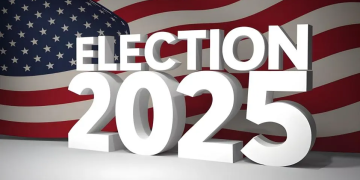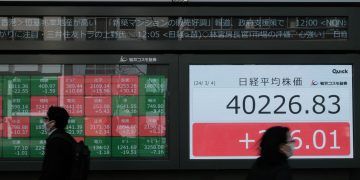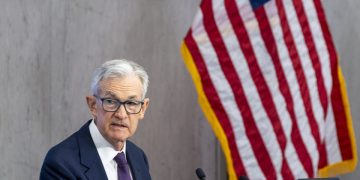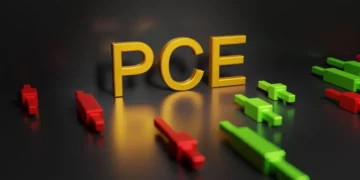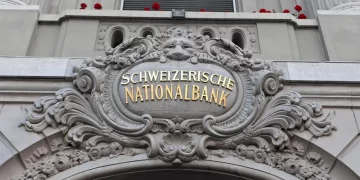After falling from grace in the eyes of many investors following the euphoric surge of 2020 and 2021, Special Purpose Acquisition Companies (SPACs) are tiptoeing back into the market conversation in 2025. Their return, however, is not being met with fanfare but with caution. With memories still fresh of botched deals, poor post-merger performance, and sky-high redemption rates, many are wondering whether this financial vehicle is undergoing a quiet rebirth—or merely relapsing into its more toxic patterns. The current uptick in SPAC-related merger activity, shifting investor behavior, and the evolution of due diligence processes all suggest a story far more nuanced than a simple boom-or-bust narrative.
2025 Merger Activity Revival
In the first half of 2025, SPACs have quietly begun to make their presence felt again—not through a flood of new IPO filings, but through a revival in mergers. After the regulatory chill of 2022 and the disillusionment of 2023, many of the SPACs formed in the previous cycle are now racing against their liquidation deadlines. This has led to a wave of new business combinations, with many sponsors pursuing private companies in the AI, EV infrastructure, space tech, and renewable sectors—areas now hot with venture activity but short on viable public listing avenues.
Unlike in their earlier heyday, this new generation of SPAC deals is unfolding in a tighter capital environment. Institutional investors are scrutinizing sponsor backgrounds and merger economics with far more rigor. Gone are the days when a celebrity backer or lofty revenue projections could carry a deal across the finish line. The 2025 revival is being driven less by hype and more by necessity—both on the part of SPAC sponsors needing to deploy capital and private firms seeing SPACs as the only alternative to a stalled IPO market.
Yet this surge remains muted compared to 2021, and the number of announced mergers still trails pre-2020 levels. What’s changing is the tone—cautious optimism among sponsors, selective engagement from investors, and a market slowly rediscovering the SPAC format as a legitimate, if flawed, listing tool.
Redemption Rate Trends
The clearest sign of the market’s lingering skepticism lies in redemption rates. During the peak SPAC boom, investors commonly redeemed their shares at or near the closing of a merger—effectively voting with their feet and pocketing their cash back with interest. In 2023 and 2024, redemption rates for many deals hovered near or above 90%, signaling deep distrust in the underlying companies.
However, in 2025, early signs point to a modest shift. Several SPACs completing mergers in Q1 reported redemption rates below 70%—a noticeable improvement but still far from healthy territory. Deals involving companies with solid revenue, audited financials, and strategic anchor investors have seen better reception. In particular, SPACs targeting businesses in energy efficiency and enterprise AI have reported improved retention rates, as investors grow more confident in long-term growth narratives that align with broader market trends.

Even so, redemption rates remain one of the most closely watched indicators in SPAC land. Sponsors are increasingly offering sweeteners—such as structured earn-outs or backstopped PIPE (private investment in public equity) deals—to incentivize investors to stay through the de-SPAC process. This arms race of deal engineering reveals that trust remains fragile, and many investors are still gun-shy from the high-profile implosions of the last cycle.
Due Diligence Checklist
The SPAC market’s current phase of cautious recovery is largely a story about due diligence. Investors who were burned in the past are now conducting far deeper dives into deal structures, business models, and management teams. A more robust checklist is emerging—one that both institutional and retail investors are starting to adopt to separate genuine opportunities from the still-toxic remnants of the SPAC craze.
First, investors are examining the sponsor’s track record. Have they completed successful deals before? Do they have operating experience in the target company’s industry, or are they simply financial engineers looking for a quick exit? Second, deal terms are under the microscope. Dilution from sponsor warrants and shares remains a key concern. Transparency around post-merger capital structure, use of proceeds, and path to profitability is essential.
Third, target company fundamentals are being assessed in ways they weren’t before. Investors want audited financials, third-party projections, and concrete revenue—not hockey-stick growth slides. Metrics like customer concentration, burn rate, and path to cash flow breakeven are now non-negotiable for serious SPAC analysts.
Finally, post-merger governance is a rising priority. Strong boards, executive continuity, and lock-up agreements for insiders are signs of alignment with long-term shareholders. SPACs that fail on these fronts continue to be viewed as red flags, regardless of sector.
The resurgence of diligence is perhaps the most encouraging sign that SPACs may evolve into something more than a speculative vehicle. With greater scrutiny from investors, the format is slowly shedding its reputation as a shortcut to public markets and regaining its potential as a useful alternative path for companies with credible, scaled business models.
Conclusion
Are SPACs making a comeback or still toxic? The answer, as with most things in the market, lies somewhere in between. 2025 is shaping up to be a transitional year for SPACs. On one hand, merger activity is rebounding and redemption rates are stabilizing, offering a glimmer of hope that the vehicle is maturing. On the other hand, trust in the format remains thin, and the industry is still paying the price for past excesses.
The real question is not whether SPACs will return to their former glory, but whether they will evolve into something sustainable. If investors continue to demand stronger due diligence, clearer governance, and more disciplined deal structures, then SPACs could carve out a lasting niche as a flexible route to public markets. But if sponsors slip back into bad habits, chasing speculative targets with weak fundamentals, the format could once again become synonymous with overpromising and underdelivering.
As with any investment trend, success will depend not just on the vehicle itself but on the behavior of those driving it. The SPAC story isn’t over—it’s being rewritten. And this time, the market will insist on a more grounded, less speculative narrative.



